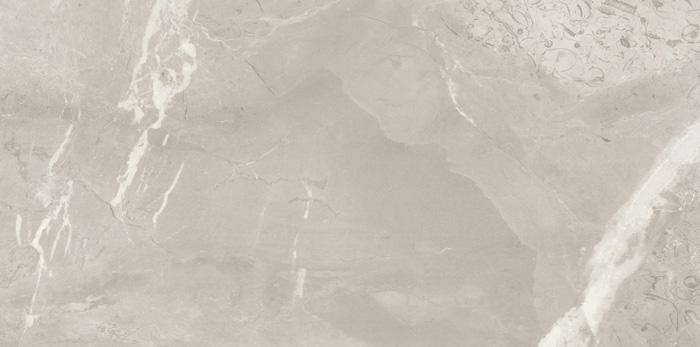
Unlike carpeting, a decorative concrete floor can’t be installed in just a few hours or a day. But the payoff is well worth the extra time and effort involved. Once the project is finished, your concrete floor will look beautiful for decades without the need for replacement.
The timeline and steps involved to install a decorative concrete floor can vary greatly from job to job. On a small project, such as a basement floor, the timeline can range anywhere from two days to five or six days. More complex decorative concrete floor projects involving multiple stain or dye colors, an overlay, decorative sawcuts and custom graphics will take much longer to complete than a simple project calling for just one coat of stain and a sealer. The condition of the existing concrete substrate also has a big impact on the time required for project completion. If you have a concrete slab that’s all ready for staining, polishing or application of a decorative coating or overlay, the project should go relatively quickly. If the floor is in need of extensive surface preparation or repair, be prepared to add at least another day or two to the schedule.
In a new home or building with newly placed concrete floors, the concrete tiles will need to cure completely before a decorative treatment can be applied (generally after seven days or longer). It’s also best to wait until after all drywall is installed, taped and sanded before applying a decorative treatment, to avoid potential damage.
Here are the key factors influencing the installation of a decorative concrete floor:

The size of the project.
The level of complexity.
The condition of the existing floor.
The need for concrete repair or removal of an existing floor covering.
The need to protect surrounding surfaces, such as walls and baseboards.
The length of the dry times required between each step, such as after each stain coat and sealer coat.
Time: 03:02
The timeline for applying a basic decorative concrete floor can differ greatly from job to job. Classifying a basic applications of ceramic tiles as one that's not overly intricate, with no sawcuts, no stencils, and with just one color covered by a sealer or wax finish. On a small project, such as a basement floor, the timeline can range anywhere from two days to five or six days. Considerations include:
The need to protect surrounding surfaces, such as walls and baseboards.
The length of dry times required between each step, such as after each stain coat and sealer coat.
The condition of the existing floor. A floor in poor condition may require the use of an overlay, which will extend the installation time.
Time: 03:08
The timeline for installing a high-end decorative treatment can be significantly longer than a basic installation. Harris defines high-end floors as those with graphics, decorative sawcuts, borders, stenciling and the use of three or four colors, possibly combining stains and dyes. Considerations include crew size and skill level, project size and the condition of the floor. It's critical on a high-end project for the floor to be in great shape, which may necessitate grinding, acid etching or overlaying the floor to create a clean canvas.
Time: 04:07
In a new home with new concrete floors, the timeline before a decorative treatment can be installed will vary greatly, depending on the circumstances. Although the concrete will cure in about seven days, Harris prefers to wait until after all drywall is installed, taped and sanded before applying a decorative treatment, to avoid potential damage from other trades.
Holding a preconstruction meeting involving the concrete contractor, homebuilder and architect. All parties on the project need to understand that the floors must be installed perfectly and protected throughout construction from chips, gouges and stains. Placing wood, metal or other construction materials on an unprotected floor as it cures can permanently stain the surface.
Copyright © 2021 Guangzhou Weyes Network Technology Co., Ltd. | All Rights Reserved